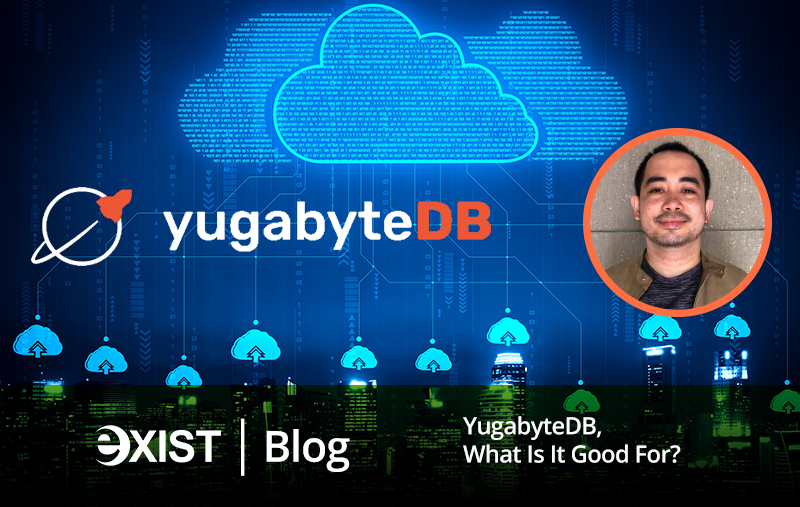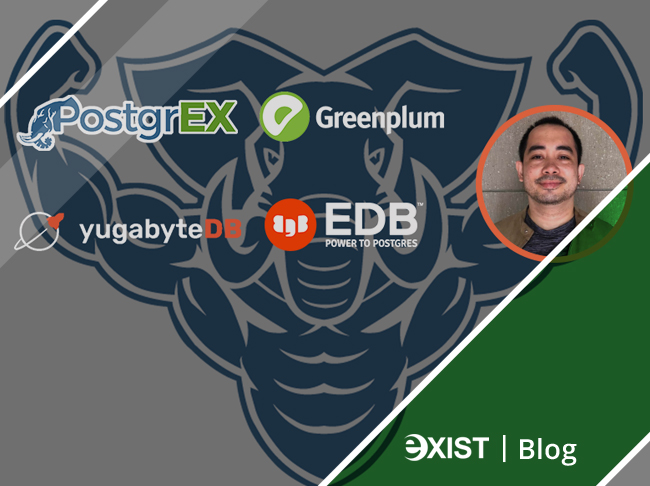Why YugabyteDB?
The database evolved from the network & hierarchical model of the 60s to what eventually became the dominant force in databases in the 70s up to the present time—the relational model.
From this model arose the big names in Relational Database Management Systems like DB2, Oracle, and Sybase. In the 80s, a player emerged that would forever change the RDBMS landscape: Postgres.
Postgres is the only RDBMS to have won DB of the year 3 times: 2017, 2018, & 2020. This speaks of the universal trust that developers have placed in the system and this has only increased with the rise of open-source software and cloud-native computing.
Which begs the question: What is cloud-native computing?
To put it simply, the rise in the services-based model championed by the major cloud providers like AWS, GCP, & Azure has given way to a new way of developing applications, with key emphases on scalability, resilience, high availability, and agile deployments.
Combining the relational supremacy of Postgres and cloud-native computing, we are then faced with the next step in the evolution of the RDBMS—Distributed SQL— and YugabyteDB is the No. 1 Distributed SQL platform today.
Use Cases
What is YugabyteDB good for?
I will mention 4: cloud-native applications, applications requiring massive scale, geo-distributed workloads, and traditional RDBMS modernization.
1. Cloud-native applications – Build stateful microservices by leveraging modern cloud-native frameworks such as GraphQL, or in any language of your choice like Django, Spring, Go, etc.
2. Massive-scale applications – Seamlessly deploy IoT and streaming services that demand high throughput, support for large data sets, and/or many concurrent connections.
3. Geo-distribution – Move data closer to users for resilience, performance, and compliance with the industry’s largest choice of deployment and replication models.
4. RDBMS modernization – Evolve Oracle, SQL Server, and DB2 workloads to a modern distributed SQL database with minimal disruption. If you can migrate to PostgreSQL, you can migrate to YugabyteDB.
Real-World Projects
We have deployed YugabyteDB in several government and educational institutions that employed cloud-native applications development—requiring user connectivity from various geo-locations—along with the migration of MySQL databases.
YugabyteDB has delivered in all of these projects, requiring very minimal tweaking in existing SQL code and even speeding up queries in many instances.
YugabyteDB will very soon be the de facto RDBMS of choice in a cloud-native world.
Exist is your data solutions partner of choice!
Explore the next level of your digital transformation journey with our Data Solutions Services. Let’s look at opportunities to better maximize your ROI by turning your data into actionable intelligence. Connect with us today, and we’ll proudly collaborate with you!



